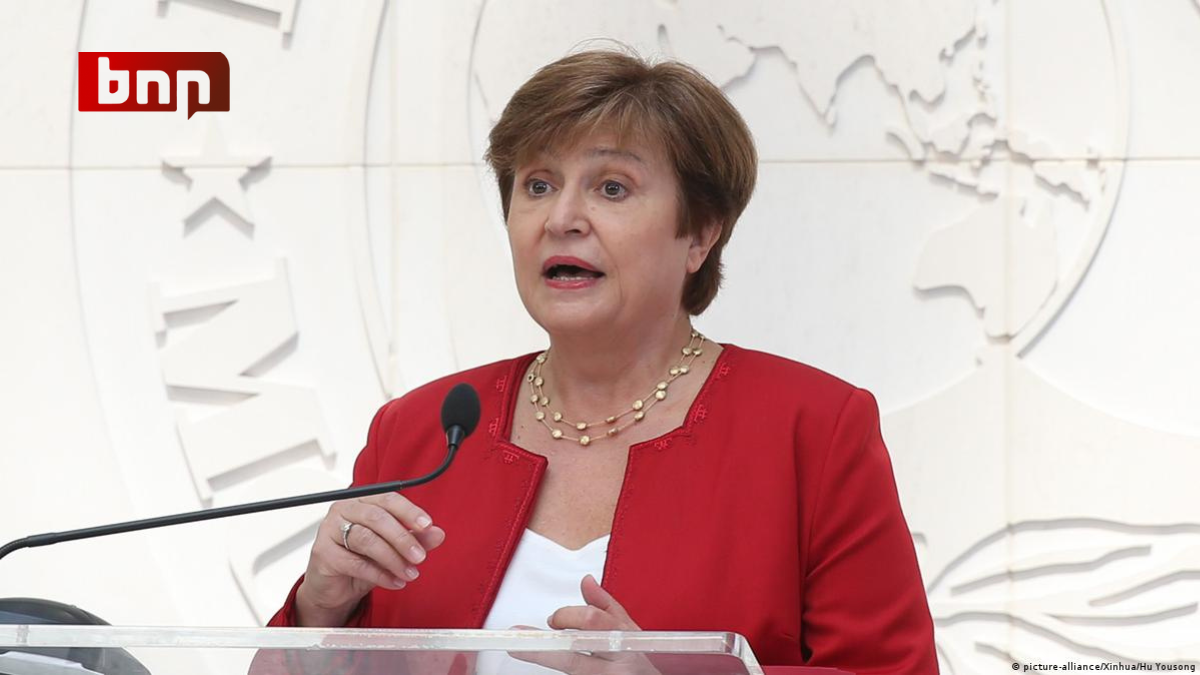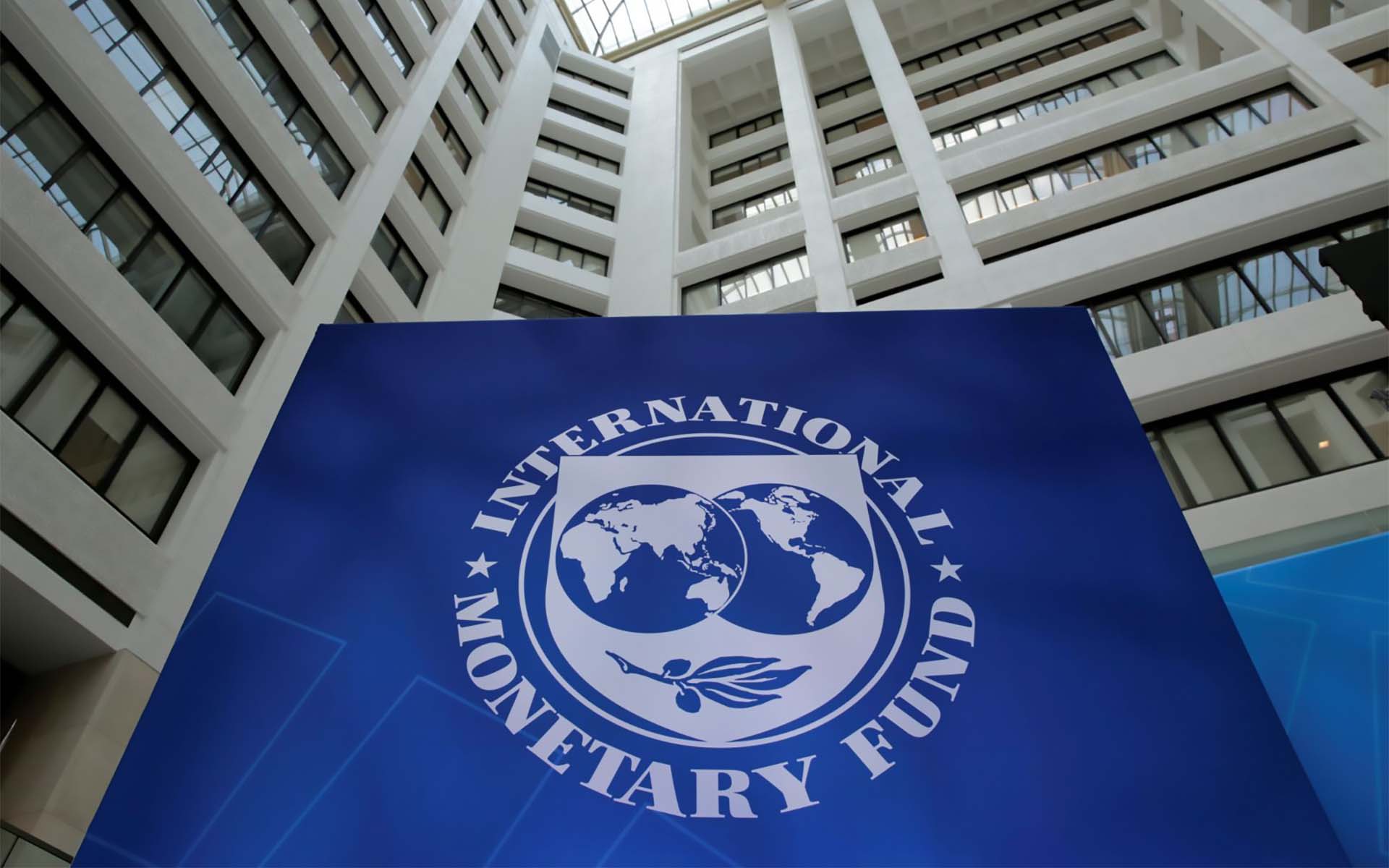Sub-Saharan Africa is facing a severe financing squeeze that, on the back of a series of unprecedented shocks, has driven up borrowing costs, weakened regional currencies and cut countries’ access to international capital markets, the International Monetary Fund (IMF) has warned.
This “big funding squeeze”, which is the most serious issue facing sub-Saharan Africa, is disrupting the region’s economic growth and endangering its long-term development, according to the Washington-based international lender. It also said debt relief was essential for low-income African countries. The warning came as central bank chiefs and financial regulators were in Washington for the IMF/WB Spring Meetings.
Kristalina Georgieva, the IMF’s managing director, earlier this month said the world economy was expected to grow less than 3% this year, calling it the “lowest medium-term growth forecast since 1990.” Georgieva also warned that the world is looking at rising hunger and poverty levels globally, as economies grapple with the impact of the war in Ukraine, such as higher food and fuel prices, and rising inflation.
According to the IMF’s latest ‘Regional Economic Outlook: Sub-Saharan Africa’, this is the second consecutive year of an aggregate decline in sub-Saharan Africa, which is characterized by soaring public debt at 56% of GDP, as of the end of 2022, its highest level since the early 2000s. “Persistent global inflation and tighter monetary policies have led to higher borrowing costs for sub-Saharan African countries and have placed greater pressure on exchange rates,” says the report. The lack of financing affects a region that is already grappling with elevated macroeconomic imbalances. “The funding squeeze will also impact the region’s longer-term outlook. A shortage of funding may force countries to reduce resources for critical development sectors like health, education, and infrastructure, weakening the region’s growth potential,” the report warns.



